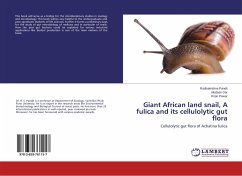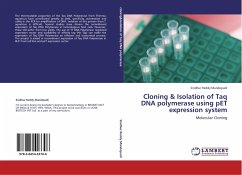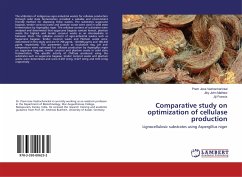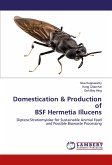The use of cellulosic materials for second generation ethanol production would give several advantages such as minimizing the conflict between land use for food and fuel production, providing less expensive raw materials than conventional agricultural feedstock, allowing lower greenhouse gas emissions than those of first generation ethanol. However, cellulosic biofuels are not produced at a competitive level yet, mainly because of the high production costs of the cellulolytic enzymes. Therefore, this study was aimed to identify new cellulolytic micro-organisms.








